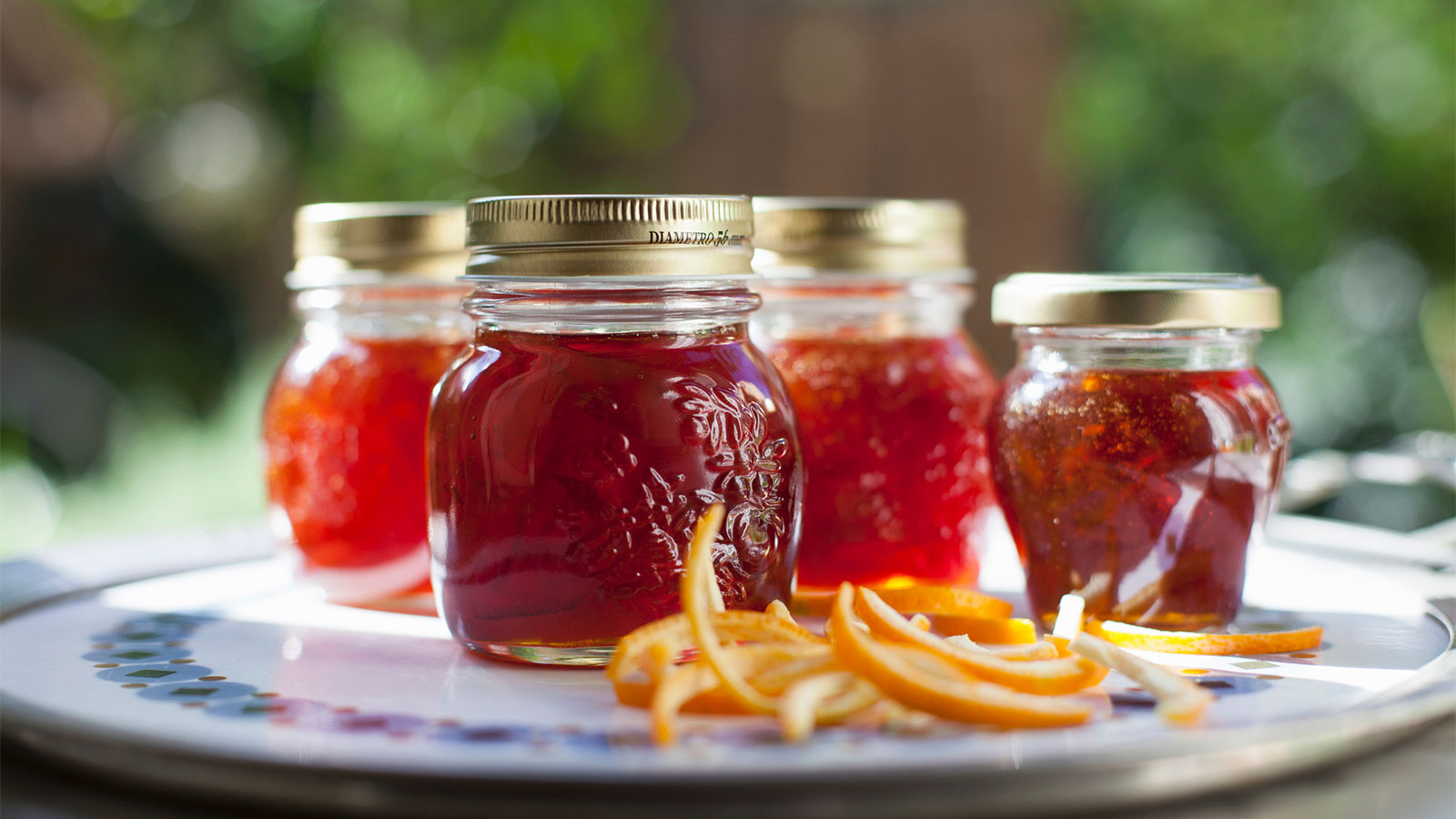If you ever go shopping at a shopping mall or even grocery store, you will always see this particular bottle of fruit preserved that many people would recognize with the term ‘jam’. Little did people know, not every fruit preserved that is sold in the store is known as ‘jam’. There are also different terms used for them as they are actually different from each other.
The differences could be in the form of their ingredients, how they are made, how they are stored, appearances, and many others. These are the differences between ‘jam’, ‘jelly’ and also ‘marmalade’. They all are available in-store and this how you can differentiate them.

1) Jam
- Made from chopped or pureed fruit cooked down with sugar.
- Its texture is usually looser than jelly, with stuff like seeds or skin sometimes making an appearance.
- Almost all jams use extra pectin as a thickener to produce a more viscous texture.
- Water is also added in some jam productions to produce a clearer texture and more volume.
- Has a fruit flavor that is not too strong.
2) Jelly
- The firmest and smoothest product of the bunch.
- Made from fruit juice, which is usually extracted from cooked, crushed fruit.
- Heated with sugar, acid, and oftentimes additional powdered pectin to get that firm, gel-like texture.
- Jelly has a mild fruit flavor.
- Usually sold cheaper than jam.
3) Marmalade
- Name for preserves made with citrus, since it includes the citrus rinds as well as the inner fruit and pulp.
- Citrus rinds contain a ton of pectin, which is why marmalade oftentimes has a firmer texture.
- These include lemons, oranges, lemons, and other citrus fruits.
- Marmalade rarely uses added pectin as a thickener because of the acidity present and the sufficient amount of pectin from the citrus fruit added to the sugar concentration.
- Suitable for bread, biscuits, pastries, and also savory dishes even as a marinade.
Sources: Master Class.









Leave a Comment